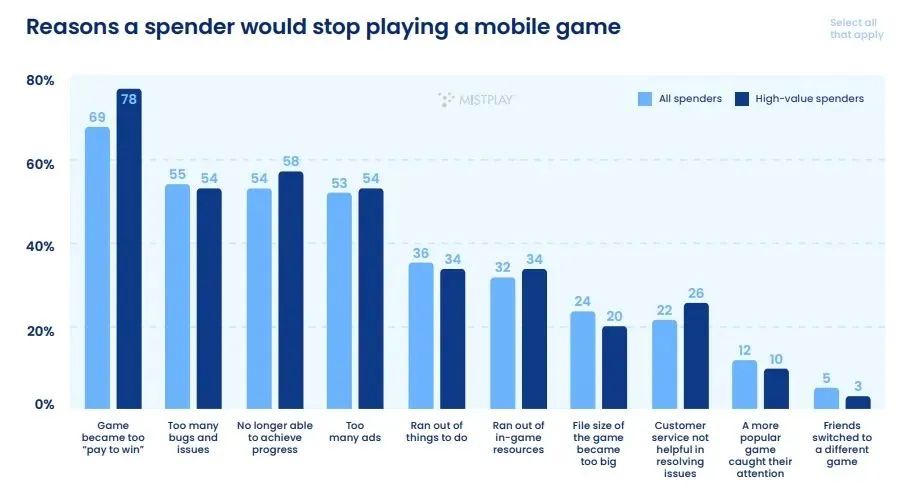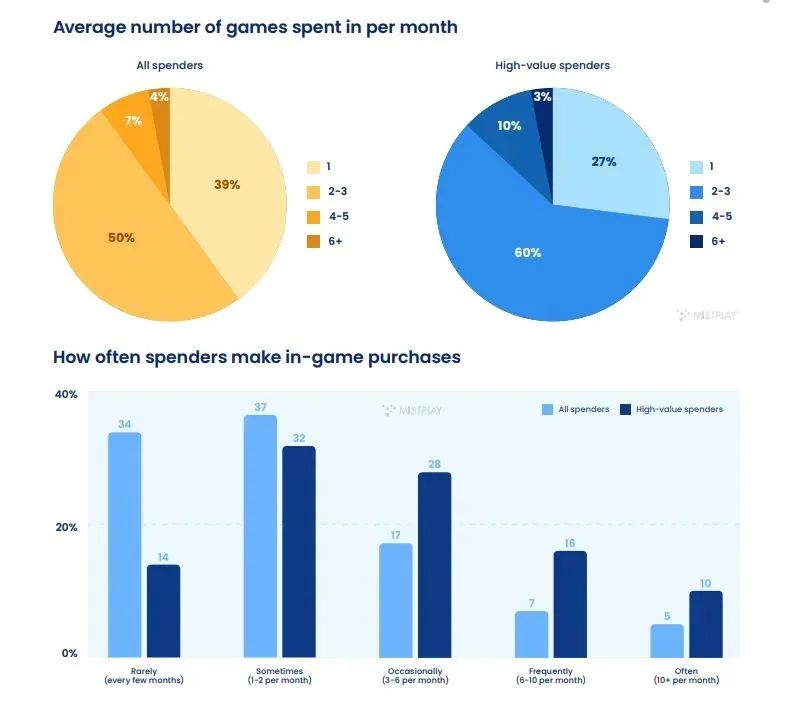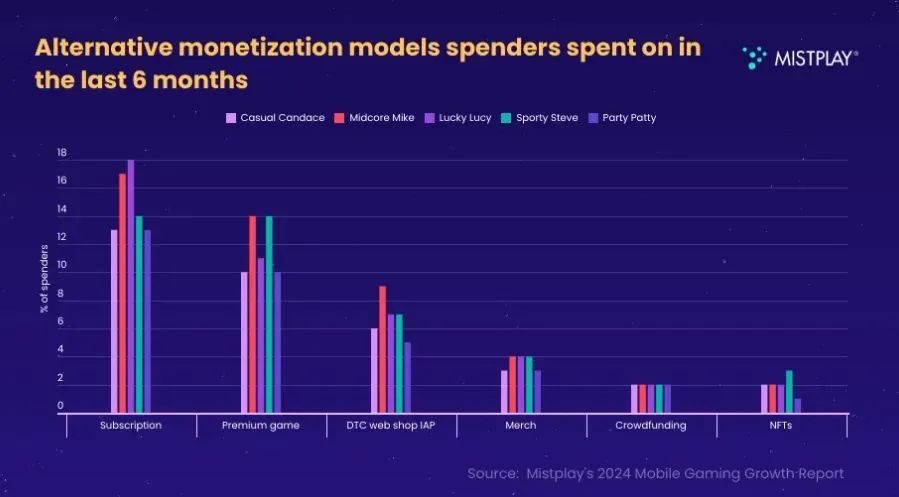The Decline in the Desire to Purchase and the Anxiety of "Overabundance"
Data shows that some paying players and high-spending players have clearly stated that they will reduce their expenditures on mobile games. The reason is that there are too many games in the market while the quality varies greatly. Players think that the mobile game industry has entered a stage of "overabundance". Many games lack novelty in gameplay and creativity and rely on forced advertisements and the "pay-to-win" mechanism to maintain their revenues.
Moreover, players are increasingly averse to the "pay-to-win" model. The report indicates that more than 70% of users have left a game because they felt it was too "pay-to-win". Meanwhile, intrusive advertisements and progress systems lacking rewards are also important reasons for player churn. These issues have weakened players' stickiness to games and intensified their dissatisfaction with the industry as a whole.
The Rise of In-App Advertisements and Social Platforms

Although players have some complaints about the market, their demand for finding new games still exists. Data shows that 67% of players discover new games through in-app advertisements. Other mainstream channels include social media, recommended pages on app stores, and recommendations from friends. Among them, the influence of social platforms is becoming increasingly prominent, especially among young user groups.
However, these exposure channels are not perfect. 75% of players will further learn about a game after seeing its advertisement, such as reading reviews, checking ratings or searching for more information. 49% of players regard reviews as an important reference for deciding whether to download a game, which means that the reputation of a game has become a key factor in acquiring users.
The Increasingly Cautious Choices in Payment

From the perspective of players' consumption habits, significant changes have taken place in in-app purchases in mobile games. High-spending players often spend money on multiple games, but overall, 39% of paying players only make purchases in one game per month. In addition, most players have postponed their first purchase time. More than 40% of players choose to make in-app purchases after the first week, which requires publishers to spend more time guiding players to pay.
Players' preferences for in-app purchase types are becoming diversified. Promotion packages, limited-time activities, and decorative items are the most popular choices. High-spending players are more inclined to buy more types of items, while small and medium R players pay more attention to cost performance. Such changes require publishers to focus more on precision marketing and personalized recommendations when designing in-app purchase mechanisms.
The Potential of D2C and Subscription Models

Faced with the high share taken by app stores, publishers are seeking new monetization models. D2C (Direct-to-Consumer) channels and subscription models have become important options. For example, some companies have achieved significant revenue growth through D2C platforms, reducing their dependence on Apple and Google app stores.
The subscription model also shows great potential. Although players' acceptance of the subscription model is still in the growth stage, it is expected to become mainstream with the in-depth market education. If publishers can provide high-quality exclusive content and a better cost-performance experience, they will be able to enhance players' loyalty and lifetime value.
The Power of Rewards and Communities
The report emphasizes that the reward system plays a vital role in player retention and re-engagement. 67% of players believe that a good progress and reward mechanism is the key to deciding whether they will continue to play a game. New content updates, limited-time rewards, and social interaction activities can effectively win back lost players.
The power of communities cannot be ignored. Players are increasingly relying on social media to find games and discuss their experiences. The performance on social channels has become an important part of a brand's image in the eyes of players. Establishing active community interactions, regularly publishing content and responding to player feedback can help maintain a good reputation.
Conclusion
Currently, the mobile game industry is undergoing profound changes. From the changes in player behaviors to the shifts in market trends, the challenges faced are multifaceted. In such an environment, only those who are willing to embrace innovation and take the initiative to adjust strategies can survive. The speed of market changes makes every decision crucial. Faced with complex player demands, the continuously rising cost of user acquisition and the increasingly fierce market competition, publishers must make changes quickly. 2025 is just around the corner. Whether one can break through in this anxiety and competition will determine who will become the winner in the future mobile game market.
About Glodom:
Glodom is a Global Top 100 Language Service Provider. It has accumulated profound professional knowledge in the field of game localization and has reached long-term and stable cooperation with many well-known game companies around the world. Glodom has more than 300 full-time employees, and its service network covers over 40 countries worldwide, supporting more than 150 languages. We always attach equal importance to innovation and service. With advanced technology and rich project management experience, we have successfully helped numerous enterprises achieve their global strategic layouts. Whether in the accuracy of localized translation or the efficiency of multilingual processing, Glodom has always been at the forefront of the industry.
The article information is from Enjoy出海 and does not represent the official stance of Glodom. The content is only for netizens' reference and learning. Glodom shall not bear joint and several liability for tortious acts in case of disputes and losses caused by the content of this website. If you want to reprint, please contact the original source.


